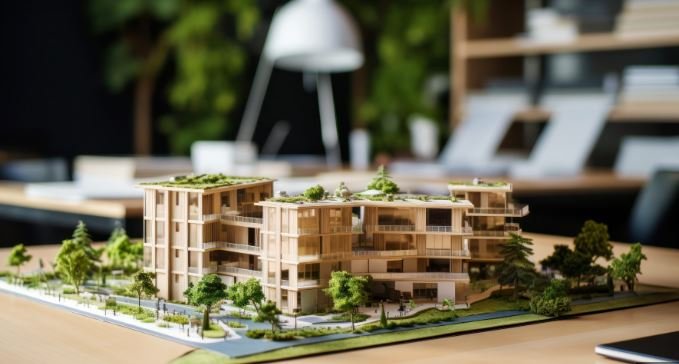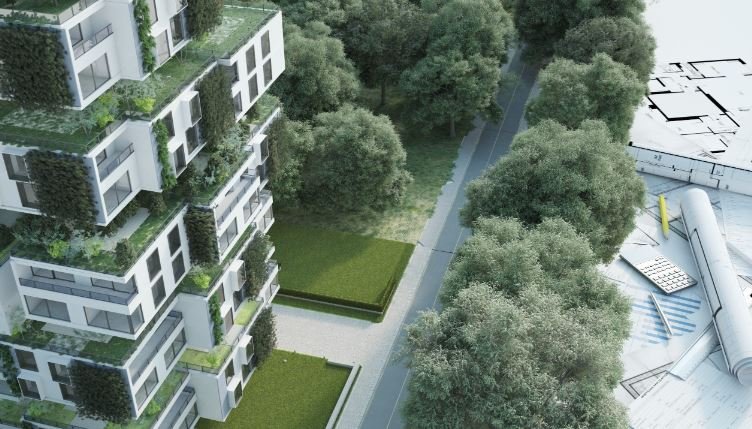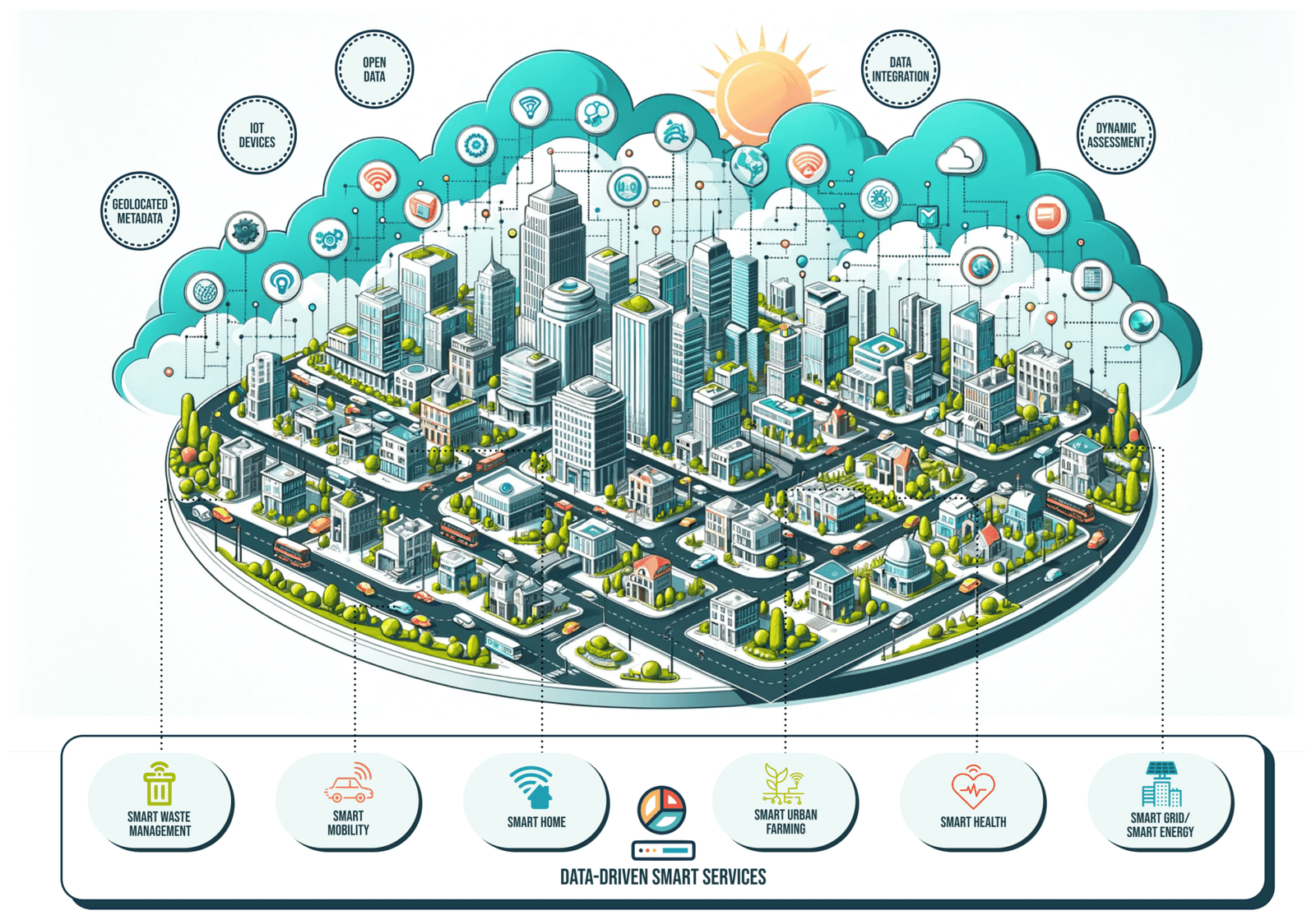Basic Elements of Architecture
In architecture, the basic elements serve as the foundation for creating functional, aesthetically pleasing, and meaningful structures. These elements—form, space, line, texture, and color—are the building blocks that architects use to shape our built environment. Understanding these elements is essential for appreciating architectural design and the impact it has on our daily lives. This article










